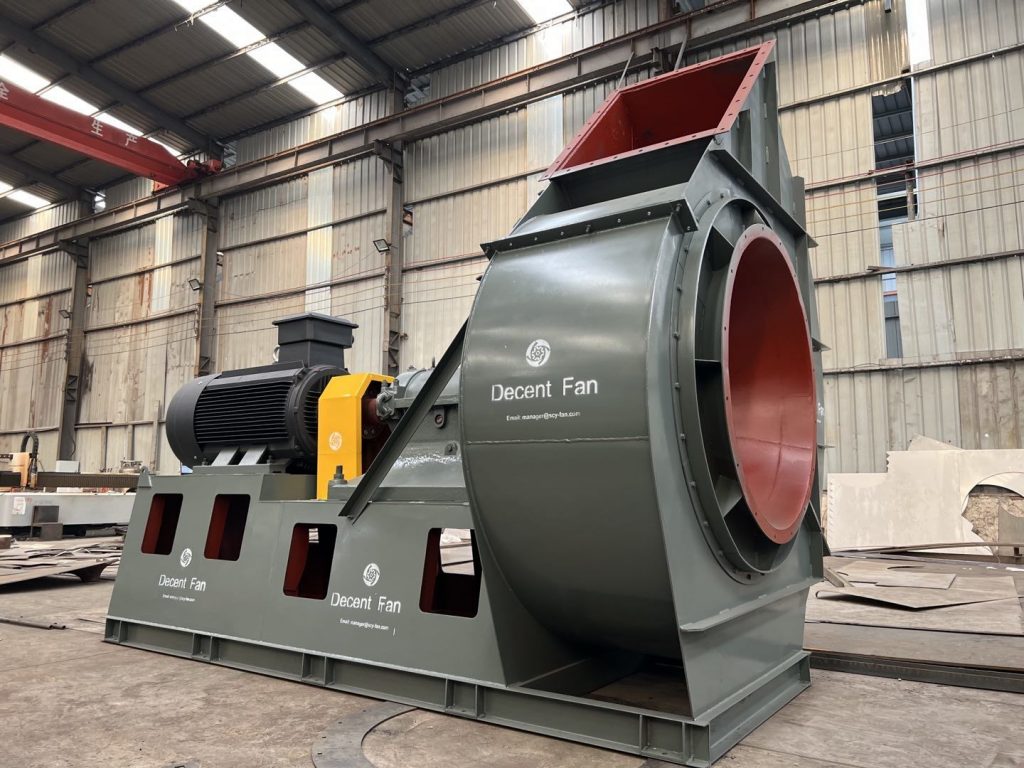 Centrifugal blowers are mechanical devices widely used in the transportation of air, gases, and other fluids. Their working principle is based on centrifugal force, which accelerates and moves the fluid through the rotating impeller, creating high velocity and pressure to achieve the desired transport.
Centrifugal blowers are mechanical devices widely used in the transportation of air, gases, and other fluids. Their working principle is based on centrifugal force, which accelerates and moves the fluid through the rotating impeller, creating high velocity and pressure to achieve the desired transport.
Firstly, the main components of a centrifugal blower include the inlet, rotating impeller, stationary blades, volute, outlet, and drive system. The inlet is where the fluid enters, while the impeller is the core component of the blower, responsible for accelerating and moving the fluid towards the outlet. The stationary blades are located around the impeller, guiding the fluid to enter the impeller and ensuring its smooth operation. The volute is the space between the impeller and stationary blades, and its shape and size can affect the blower’s performance, such as flow rate, pressure, and efficiency. The outlet is where the fluid exits, and the drive system provides power for the blower’s operation.
Secondly, the working principle of a centrifugal blower is based on centrifugal force. When the fluid enters the blower through the inlet, it is guided into the volute and then accelerated by the rotating impeller. Due to the impeller’s shape and speed, the fluid experiences centrifugal force, which creates high velocity and pressure. Finally, the fluid exits through the outlet, completing the transport process.
Lastly, the performance parameters of a centrifugal blower include flow rate, pressure, and efficiency. Flow rate refers to the volume of fluid passing through the blower per unit time, usually measured in cubic meters per hour or cubic feet per minute. Pressure is the force the fluid experiences within the blower, usually measured in pascals or pounds per square inch. Efficiency refers to the energy conversion efficiency of the blower, usually expressed as a percentage. These parameters can be adjusted to meet different application requirements and working conditions.
In conclusion, centrifugal blowers are essential mechanical devices in various fluid transportation applications. Their working principle is based on centrifugal force, and their performance can be adjusted to meet different requirements. By understanding their construction and working principle, we can better appreciate their importance and applications in modern industries.

 Español
Español Русский
Русский Tiếng Việt
Tiếng Việt 中文
中文 suomi
suomi Français
Français Português
Português English
English Deutsch
Deutsch Français
Français Español
Español Italiano
Italiano Português
Português Pусский
Pусский


